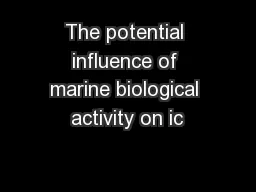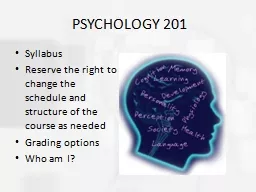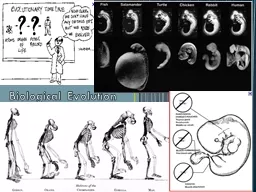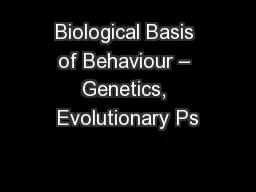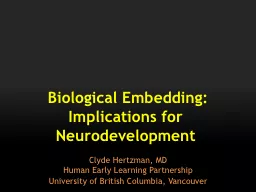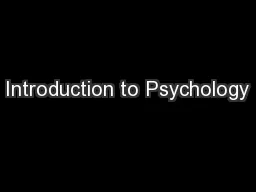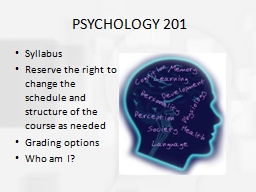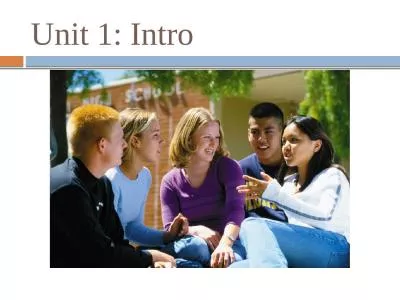PPT-History of Biological Psychology
Author : pasty-toler | Published Date : 2018-03-13
Plato was the first to suggest that the mind was in the head In the 1800s Franz Gall proposed phrenology studying bumps on the head for character traits and suggesting
Presentation Embed Code
Download Presentation
Download Presentation The PPT/PDF document "History of Biological Psychology" is the property of its rightful owner. Permission is granted to download and print the materials on this website for personal, non-commercial use only, and to display it on your personal computer provided you do not modify the materials and that you retain all copyright notices contained in the materials. By downloading content from our website, you accept the terms of this agreement.
History of Biological Psychology: Transcript
Download Rules Of Document
"History of Biological Psychology"The content belongs to its owner. You may download and print it for personal use, without modification, and keep all copyright notices. By downloading, you agree to these terms.
Related Documents


